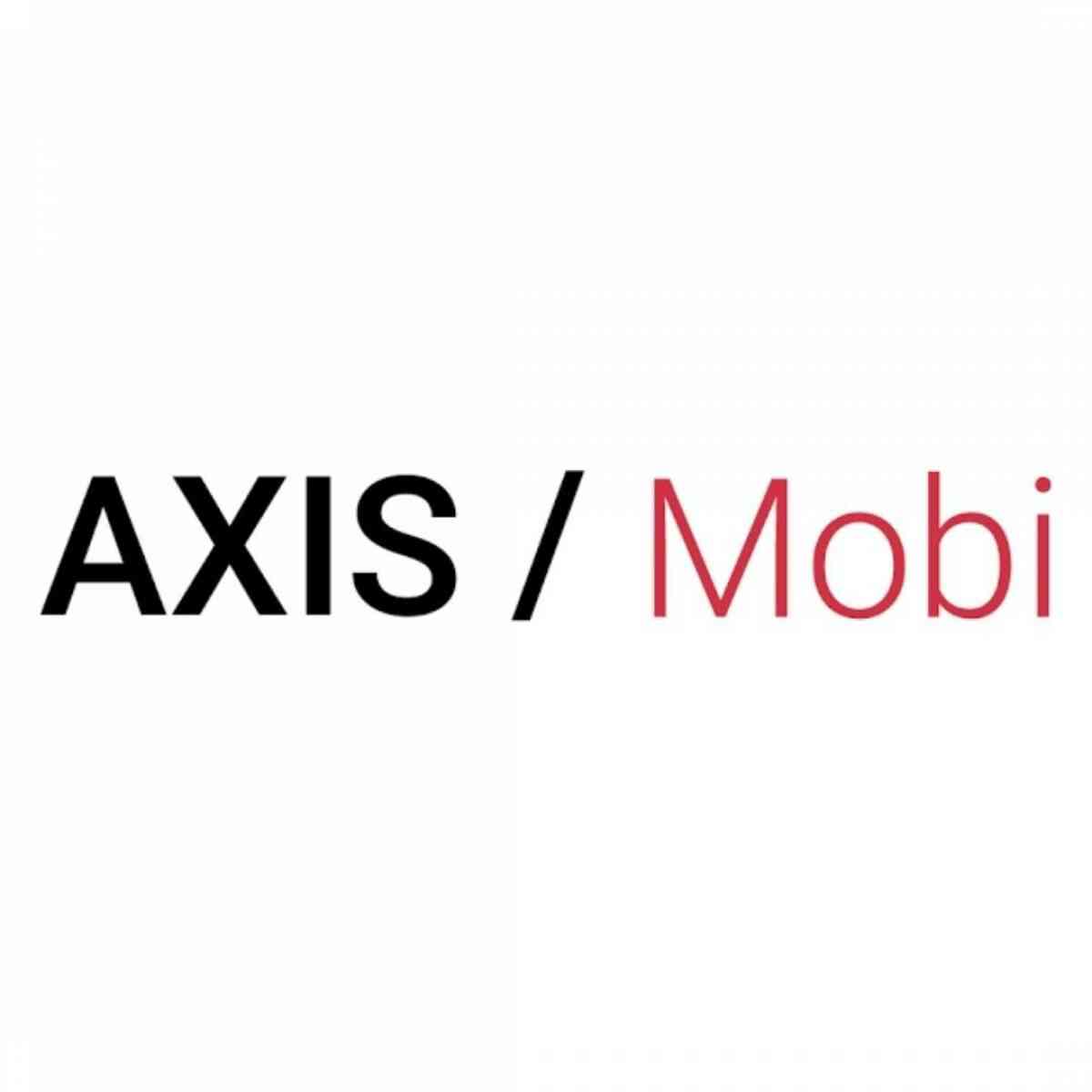5 Metaverse Elements That Are Required For App Monetization
- - Category: Online Marketing
- - 13 May, 2022
- - Views: 170
- Save

5 Metaverse Elements That Are Required For App Monetization
Many people have been intrigued about what the Metaverse is and what changes it would bring to the virtual world since Facebook announced its rebranding as Meta and introduced the notion. If app developers want to stay relevant and adopt this notion, they must keep up with the Metaverse's evolving trends. You might not know where to begin, though.
What Is the Metaverse, Exactly?
The Metaverse is, in the end, a collection of things. Many people struggle to grasp the Metaverse concept, mainly because it is on its way rather than something already here. The Metaverse is a collection of practically infinite virtual worlds that allow optimal interactivity via the application of cutting-edge technology. In particular, virtual reality (VR) and augmented reality (AR) plays a significant role in creating the Metaverse and the worlds it encompasses.
People can interact with worlds that combine the virtual and real worlds to create an entirely new experience within the Metaverse. The goal is to extend the virtual world beyond the screen and connect it to the actual world, allowing for more realistic online shopping experiences and other benefits. The Metaverse concept initially emerged in Neal Stephenson's 1992 novel Snow Crash, where the phrase "metaverse" first debuted. The Metaverse notion is very similar to theories advanced in the film The Matrix, the title and basic premise drawn from William Gibson's 1984 novel Neuromancer.
One of the Metaverse's primary aims is to minimise people's screen time by merging the activities shown on the screen with the world around them. People can conduct daily activities more simply using this combination's seamless connections.
The Technology We Can Expect to See in the Metaverse:
The Metaverse will bring several sorts of technology, some of which will be wholly new. In contrast, others will be extensions of existing notions. Among these technologies are:
MX and XR (Mixed and Extended Reality):
One of the most significant shifts will be a greater emphasis on mixed reality (MR) and extended validity (XR), the latter of which incorporates MR and virtual and augmented reality. You may be acquainted with virtual reality (VR) and augmented reality (AR), available for a few years. Many smartphone applications and other platforms have begun to create completely immersive experiences. While VR employs headsets and other technology to transport people into a virtual world, and AR incorporates virtual places into the real world, MR takes both to the next level by blurring the border between the actual and virtual worlds.
In contrast to AR, which is somewhat restricted, MR allows virtual things to fully and flawlessly interact with real-world objects via occlusion, enabling real-world objects to conceal virtual ones. Tossing a virtual ball, for example, may cause it to roll behind a wall, entirely obscuring it from view. The ball will reappear when you go around that wall, just like any other object.
In other words, MR is a subset of AR with more excellent capabilities. The Metaverse, on the other hand, will continue to rely on more traditional VR and AR technologies.
The NFT Technology:
Non-fungible tokens (NFTs) are virtual art, avatars, and many other virtual things individuals may make and sell using bitcoin on many platforms. Converting digital products to NFTs facilitates the identification and transfer of these objects across users. NFTs may also interact with various Metaverse platforms, allowing some things to operate more like real-world products. For example, suppose you buy a digital artwork in the form of an NFT. In that case, you may display it in an avatar's house within an online game, thereby transforming it into a piece you can show off to others in the same way you would a real-life painting.
Artificial Intelligence (AI):
Artificial intelligence is one of the essential instruments that will form the Metaverse (AI). This technology has already made significant advances over the years, and it will only continue to develop. AI is used to service people through intelligent assistants such as Apple Siri, Google Now, Microsoft Cortana, and Amazon Alexa. It also aids in creating and auditing software and allows developers to safeguard users' data and digital money. It may also simulate human behaviour in the form of in-game characters for gaming applications, chatbots, and other platforms.
5G Networking:
After several years of dominance by 4G mobile communication, the next generation, 5G, is on the way. This would enable speedier connectivity, allowing Metaverse apps to handle MR and other advanced technology without affecting the user experience. These are some of the significant areas that the Metaverse will cover, making it critical for all apps to upgrade appropriately if they wish to remain relevant.
ABOUT US -
AXISMOBI: LET'S CONNECT.
We are a new and advanced programmatic solution that presents the demands of the brand via our cross-continental reach. Axismobi also assists with market research by targeting audiences and segmenting brands across geographies using AxisPerformance.
Aspiring to be the best, we proudly present AXISDASH 2.0: a unified programmatic solution for our partners. A single ad-tracking system connects publishers and advertisers with mobile and online tracking solutions.

